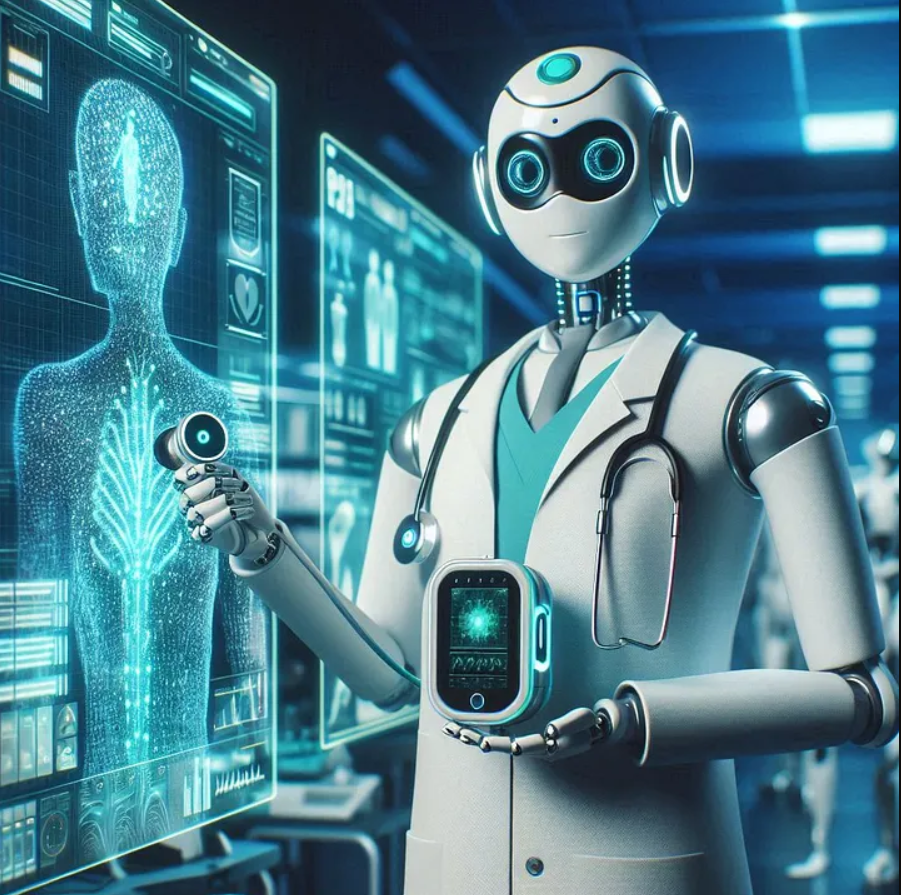How Tech Is You‑Lengthening Your Life
Today, technology and longevity science are converging to redefine aging. From AI-driven diagnostics to wearable health monitors and cutting-edge biotech, we’re entering a new era of “you-lengthened” life, longer and healthier years powered by tech. Here’s how it’s unfolding and what it could mean for you.
1. Smarter Health Tracking at Your Fingertips
First, wearable devices like smart rings and watches offer more than step counts. They now monitor heart rate variability, sleep stages, body temperature, and even blood oxygen levels. Thanks to advanced sensors and AI, these gadgets can flag irregularities early, like detecting atrial fibrillation or fitness plateaus that might otherwise go unnoticed.
2. Biohacking for Personalized Wellness
Meanwhile, a growing number of apps and platforms help people track glucose trends, stress markers, and genetic data. Users can tailor food, workouts, sleep, and supplementation around real-time insights, effectively building a personalized lifestyle plan that supports longevity.
3. Diagnosing Aging Before It Shows
Next, breakthroughs in blood-based aging metrics now allow biological rather than chronological age to be measured. Scientists have linked brain-age proteins in blood samples to higher mortality risk. Early results suggest we can detect aging cell signals and intervene before disease takes hold.
4. AI-Driven Precision Interventions
Furthermore, artificial intelligence is already accelerating drug discovery and diagnostics. From mapping genetic variations to identifying molecules that repair DNA damage, AI is pushing aging research forward with unprecedented speed.
5. Longevity Drugs and Gene Therapies
Also, biotech firms are exploring drugs like metformin and rapamycin for their potential to delay aging. Meanwhile, a novel gene therapy that boosts the Klotho protein has extended life span in mice by improving muscle and brain health.
6. Reprogramming Cells to Rewind Aging
In fact, the most radical advances may come from cellular reprogramming—researchers are dialing cells back to a youthful state using Yamanaka factors. Trials in mice have shown up to 30% lifespan extension. Caution remains, as safety and cancer risk are still under investigation.
7. Wearables That Prevent Falls & Support Seniors
Meanwhile, a subfield called gerontechnology focuses on aiding aging adults. Think smart shoes that detect balance issues or home sensors that monitor daily routines—tools that help older adults live independently longer.
8. High-Stakes Incentives Spur Fast Innovation
Also driving progress are massive prize contests like the $101 million XPrize Healthspan challenge, which funds breakthroughs in regaining muscle, cognitive resilience, and immune function.
9. Holistic Approaches Remain Essential
Nevertheless, experts stress that technology is the icing, not the cake. Without basic pillars like nutrition, sleep, movement, and social connection, even the most advanced gadgets offer limited benefit.
10. A New Era of Health Equity
Importantly, many initiatives are now championing inclusive research, especially for women and underrepresented groups. Female-led longevity studies are closing gaps in gender-specific aging knowledge.
11. Passive Biometrics for Precision Care
Additionally, wearable sensors are becoming truly passive. Many now operate without needing charging or manual data entry. That seamless tracking makes it possible to spot small health declines that otherwise go unnoticed.
12. Resistance and Risk
Still, not all expert voices are optimistic. Studies predict that without radical deceleration of aging, only a fraction of today’s cohort will reach 100. Meanwhile, gene-based therapies may take years to prove safe in humans.
13. The Future of You-Lengthening
Looking ahead, the trend is toward AI-health coaches that integrate biometric, genomic, and lifestyle data to offer personalized guidance on diet, exercise, supplements, and more.
14. Ethical and Economic Implications
Meanwhile, as life spans extend, society must face questions. Who benefits from longevity tech? How do we deliver therapies affordably? Will rising lifespans strain public resources? Stakeholders are already debating these issues.
15. Your Takeaway: Balance Tech with Wellness
In summary, tech-powered longevity holds real promise—but only when combined with fundamentals: sleep, movement, nutrition, mental wellness, and human connection. That synergy creates a holistic strategy for a longer, healthier, more vibrant life.
Quick Tech Longevity Checklist
Use wearables to track sleep, HRV, and glucose
Try blood-based age diagnostic tests (when available)
Consider longevity supplements under medical guidance
Monitor emerging gene therapy or drug trial offerings
Focus on lifestyle-based first, then layer in tech
Reassess your metrics regularly to adjust
Support inclusive science and equitable access policies
Final Thoughts
In short, technology is not just prolonging life—it’s enhancing health span. Whether it's a ring that nudges you awake, an app that suggests sleep hygiene tweaks, or a gene therapy that resets your cells, the building blocks of tomorrow’s wellness rest on tech-informed choices today.

